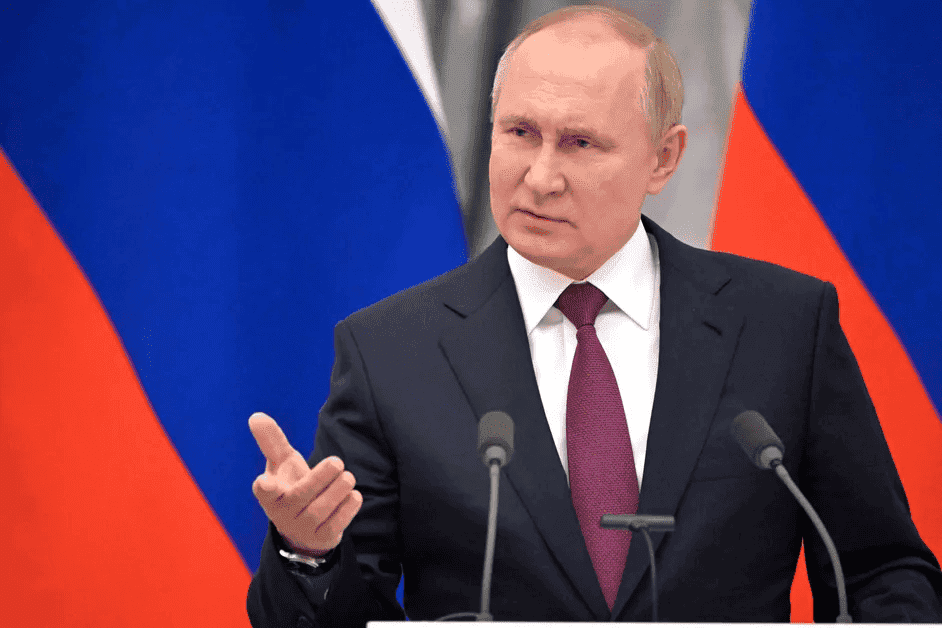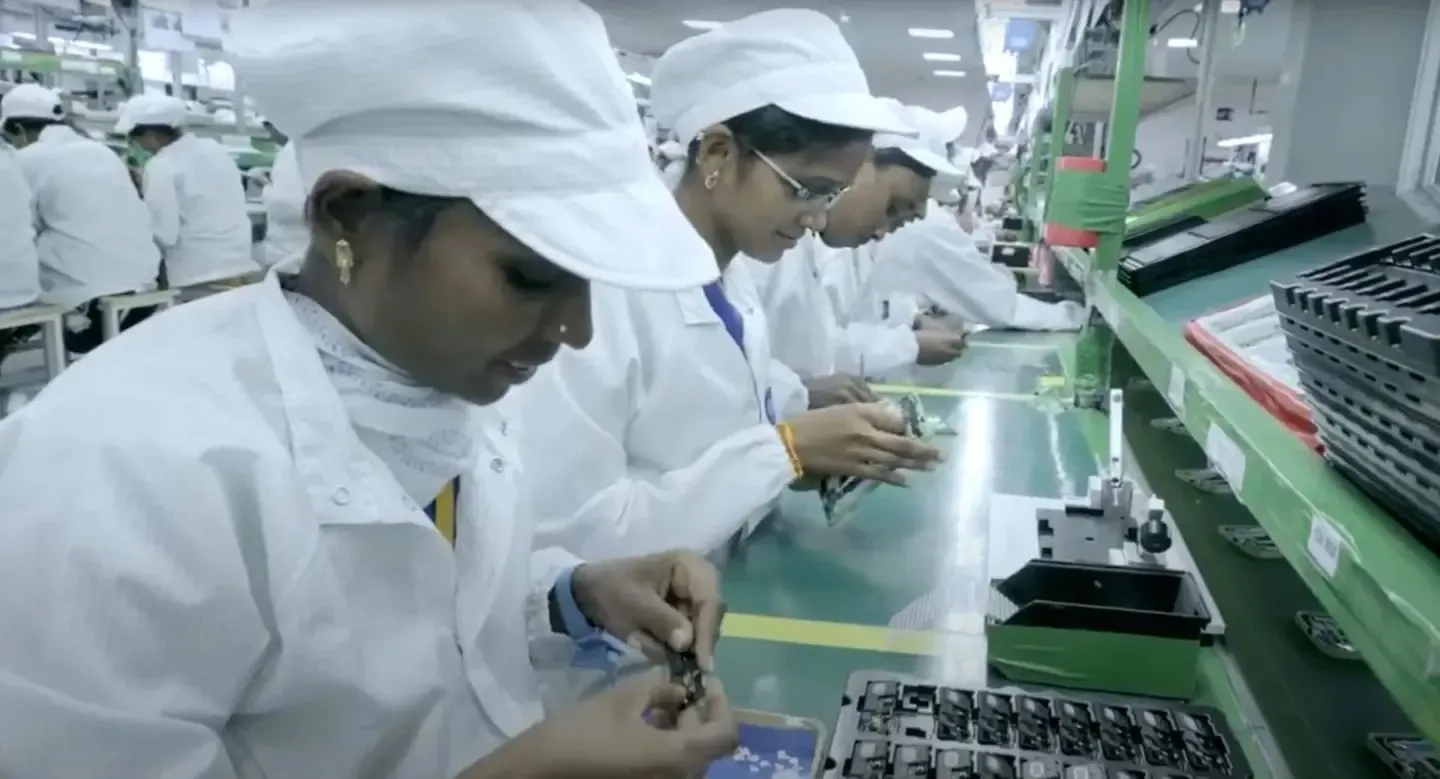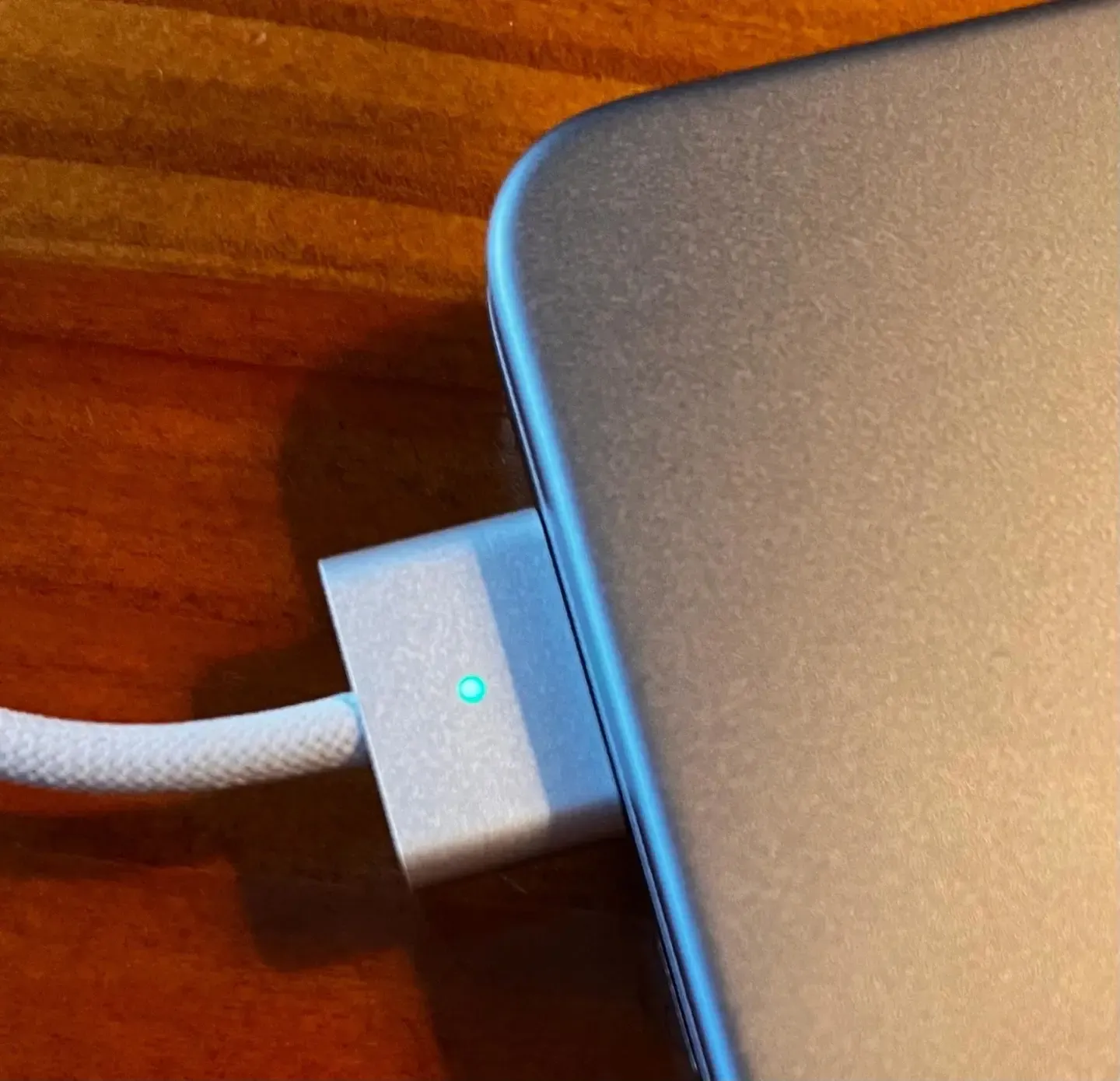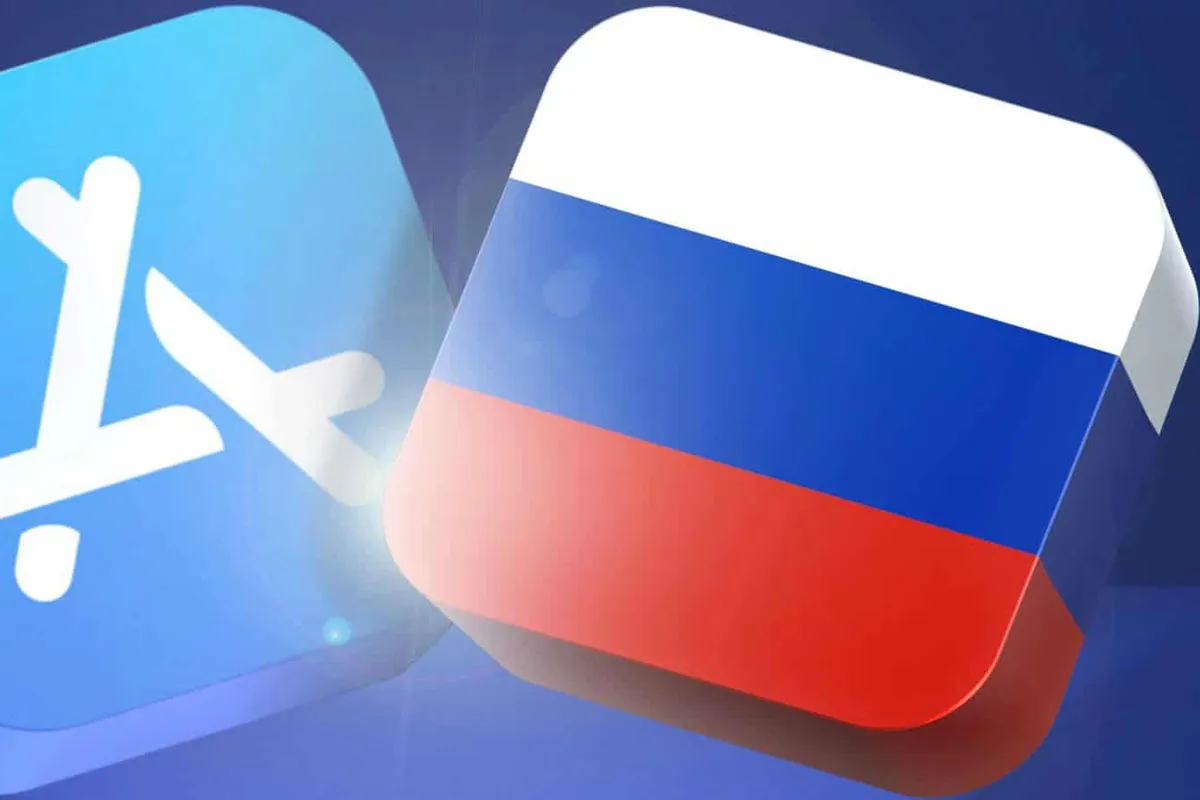The Russian Federal Antimonopoly Service (FAS) issued a fine of 1.2 billion rubles (about $17.4 million) to Apple because it abuses its dominant position. The agency claims that Apple insists that developers in Russia must use its Apple Pay system. It considers this a serious offence. "Apple requires Russian iOS app developers to use the company's payment tool in their apps," the official said in a statement. The company must pay the fine (1177988700 rubles) within two months, officials said.

According to the FAS, App Store rules prohibit developers of iOS apps from informing customers about the possibility of purchasing apps outside the store and using other payment methods. The company asked developers to remove referential backlinks and change the app's functionality. This way, it will not be able to direct signups to external sites. If the app does not keep to this policy, Apple will not allow the app to be in its App Store.
The U.S. company banned Russian developers from informing buyers of apps in the App Store about alternative payment methods, according to the regulator. In July last year, a Moscow court fined Apple 2 million rubles (about $29,000) for refusing to localize Russian data. The FAS ruled that Apple violated antitrust laws in the summer of 2022 for abusing its market dominance. The FAS claims that the fine will come in the form of a percentage of turnover. According to FAS officials, the fine will range from 0.01 - 0.15% of the company's annual revenue in the Russian Federation. FAS notes that the amount of the turnover penalty will be distributed after the investigation.
Made in India iPhones to account for 50% in 2027
At the moment, almost all the iPhones we have in the market are produced in China. However, with the growing tension between the U.S. and China governments as well as the issues (COVID and others) issues in China, Apple has been looking for alternative production countries. The company is trying to make its supply chain stronger. India, Vietnam and Brazil are the most promising regions to become Apple's next manufacturing centers. The Indian government has been pushing for Made In India products. There are reports that India will produce a lot of iPhones in the coming years.

According to reports, over 50% of iPhones that will ship worldwide will be produced in India by 2027. This is coming from the latest DigiTimes forecast regarding Apple's iPhone production. The figure is more aggressive than JPMorgan's earlier forecast that India would assemble 25 per cent of the world's iPhones by 2025.
DigiTimes analyst Luke Lin said: "Given the uncertainty of the supply chain, Apple needs to diversify risks. The speed of supply chain migration to India will further increase in the future". India surpassed the United Kingdom last year to become the fifth-largest economy in the world. At present, OEMs such as Foxconn and Pegatron have assembled iPhones and other products for Apple in India. The analyst predicts that India will account for 25% of the total iPhone production capacity by the end of 2023 and as much as 40% by 2025.
India Vs China
This figure represents a significant increase from the current share of less than 5%. According to the South China Morning Post, this will bring India's production levels on par with that of mainland China.

China, which produced 85 per cent of the world's iPhones last year, is at risk of losing its dominance as a manufacturing center for Apple's devices, analysts said. He expects India and Vietnam to be the "biggest beneficiaries" of Apple's efforts to move more of its manufacturing supply chain out of China.
Of course, this process will not be so fast. Even according to the analyst's forecast, India can only occupy a maximum of 50% of the production capacity in 4 to 5 years. Analysts believe that the process of Apple's transfer of production lines will be very difficult. The reason is not only the difficulty of establishing iPhone production lines. For example, other countries lack sufficient high-quality young workers and the infrastructure provided by the government. What is more difficult is that it is difficult to gather sufficient Apple supply chains.
Taking the list of major suppliers announced by Apple in October last year as an example, 98% of the purchased materials, modules and parts for its production lines were provided by 190 suppliers. Out of this number, 91 were Chinese companies, accounting for about 47.9%. Out of the 190 total suppliers, 150 (including foreign-funded enterprises) set up factories on the mainland, accounting for about 79%.
If the supply chain cannot be concentrated around the production line, costs such as freight, tariffs, and time errors will rise sharply. This is a situation that is difficult for Apple to accept, and it is also a key factor that makes it difficult for major OEMs to quickly transfer their production bases.
Apple will include a MagSafe charging cable with the new MacBook Pro
Apple officially launched a new generation of MacBook Pro 14 and 16-inch models recently. The starting price of this device in China is about 15,999 yuan ($2,362). The new MacBook Pro models have many notable changes, such as M2 Pro and M2 Max chips, up to 96GB of memory, and HDMI and Wi-Fi 6E, etc. In addition, the 2023 Apple MacBook Pro also has an unbelievably small detail - the MagSafe charging cable.

In fact, Apple only cancelled the use of the MagSafe charging port on the MacBook in 2016 and has since switched to the USB-C port. However, when Apple launched the new 14-inch and 16-inch MacBook Pro series in 2021, it brought back the MagSafe magnetic charging port again.
With the arrival of the 2023 MacBook Pro today, Apple also provides MagSafe charging cables of corresponding colours for the MacBook Pro series. So, if you choose to buy a MacBook Pro in space gray, you'll get a space gray cable. If you buy the silver version, you will get a silver data cable.






Place comments
0 Comments
You are currently seeing only the comments you are notified about, if you want to see all comments from this post, click the button below.
Show all comments